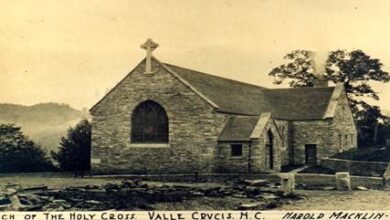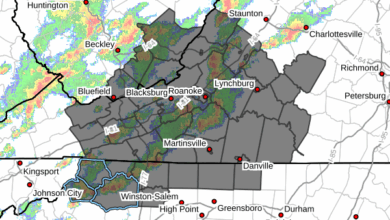Last Updated on January 12, 2018 4:14 pm
Raleigh – Eleven people have died in fires in North Carolina so far this year. Last year, nine people lost their lives as a result of fire during the entire month of January.
“One life lost in fire is one life too many, “said Insurance Commissioner Mike Causey who also serves as the state fire marshal. “It is imperative citizens know of the dangers associated with home heating and carbon monoxide so they can take extra precautions during this blast of winter weather, “Causey said.
Each year during December, January and February, there is an increase in the number of home fires related to heating. According to National Fire Protection Association, heating is the second leading cause of home fires, deaths and injuries in the U.S.
In 2017, 83 people lost their lives in North Carolina because of fire. That is 14 more people from the year before in 2016.
In addition to fires, winter weather increases the chances of carbon monoxide poisonings. Carbon monoxide is often referred to as the silent killer because the gas released is colorless and odorless. Vehicles, generators and home heating can produce dangerous levels in your home in a short amount of time, enough to cause illness or even death. Carbon monoxide poisoning mimics common illness such as the flu or food poisoning with symptoms to include shortness of breath, nausea, dizziness, light headedness or headaches.
The North Carolina Department of Insurance, Office of State Fire Marshal and Safe Kids NC recommends the following NFPA’s safety tips to prevent fire, injury or poisonings.
Heating
- Keep anything that can burn at least three feet away from heating equipment.
- Have a three-foot “kid-free zone” around open fires and space heaters.
- Never use your oven to heat your home.
- Remember to turn portable heaters off when leaving the room or going to bed.
- Always use the right kind of fuel, specified by the manufacturer, for fuel burning space heaters.
- Make sure the fireplace has a sturdy screen to stop sparks from flying into the room. Ashes should be cool before putting them in a metal container, placed on a non-combustible area and stored a safe distance away from your home.
- Test smoke alarms at least once a month.
Portable Generators
- Generators should be operated in well ventilated locations outdoors away from all doors, windows and vent openings.
- Never use a generator in an attached garage, even with the door open.
- Place generators so that exhaust fumes can’t enter the home through windows, doors or other openings in the building.
- Turn off generators and let them cool down before refueling. Never refuel a generator while it is running.
- Store fuel for the generator in a container that is intended for the purpose and is correctly labeled as such. Store the containers outside of living areas.
Fireplace Safety
- A portable ethanol burning fireplace and the fuel should only be used by adults.
- Clean up any fuel spillage and be sure all liquid has evaporated before lighting the fireplace.
- Light the fireplace using a utility lighter or long match.
- An adult should always be present when a portable fireplace is burning.
- Place the portable fireplace on a sturdy surface.
- Never try to move a lit fireplace or one that is still hot.
- Don’t pour ethanol fuel in a fireplace that is lit or still warm. It may result in a fire or injury.
- Extinguish the flame in a portable or permanent fireplace when you leave the room, home or go to sleep.
Carbon Monoxide
- Carbon monoxide alarms should be installed in a central location outside each sleeping area and on every level of the home and in other locations required by law or code. For the best protection, interconnect all CO alarms throughout the home. When one sounds, they all sound.
- Follow the manufacturer’s instructions for placement and mounting height.
- Choose a carbon monoxide alarm that has the label of a recognized testing laboratory.
- Test CO alarms at least once a month; replace them according to the manufacturer’s instructions.
- If the audible trouble signal sounds, check for low batteries. If the battery is low, replace it. If it still sounds, call the fire department.
- If the carbon monoxide alarm sounds, immediately move to a fresh air location. Make sure everyone inside the home is accounted for.
- If you need to warm a vehicle, remove it from the garage immediately after starting it. Do not run a vehicle or other fueled engine or motor indoors, even if garage doors are open. Make sure the exhaust pipe of a running vehicle is not covered with snow.
- During and after a snowstorm, make sure vents for the dryer, furnace, stove and fireplace are clear of snow build up.
- Use gas or charcoal grills outside.
















